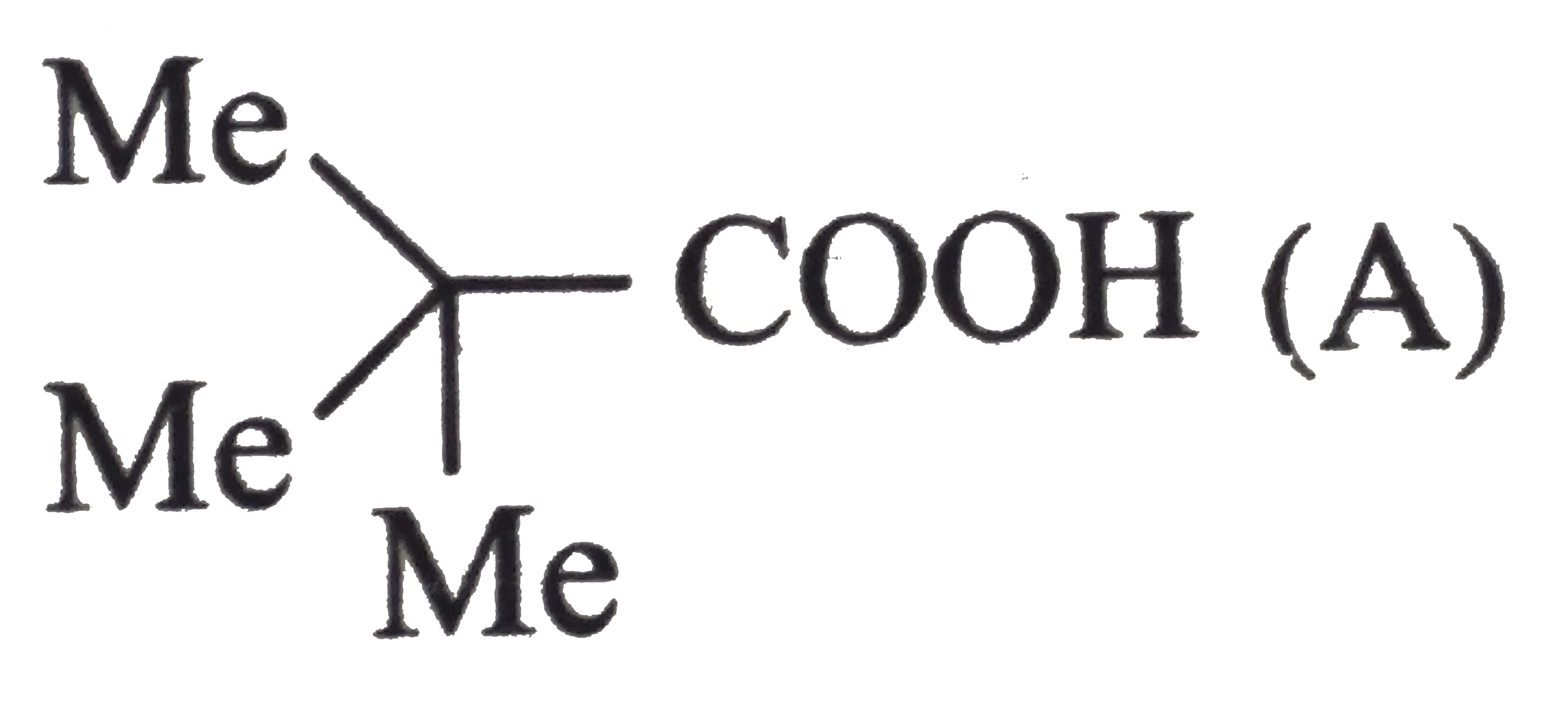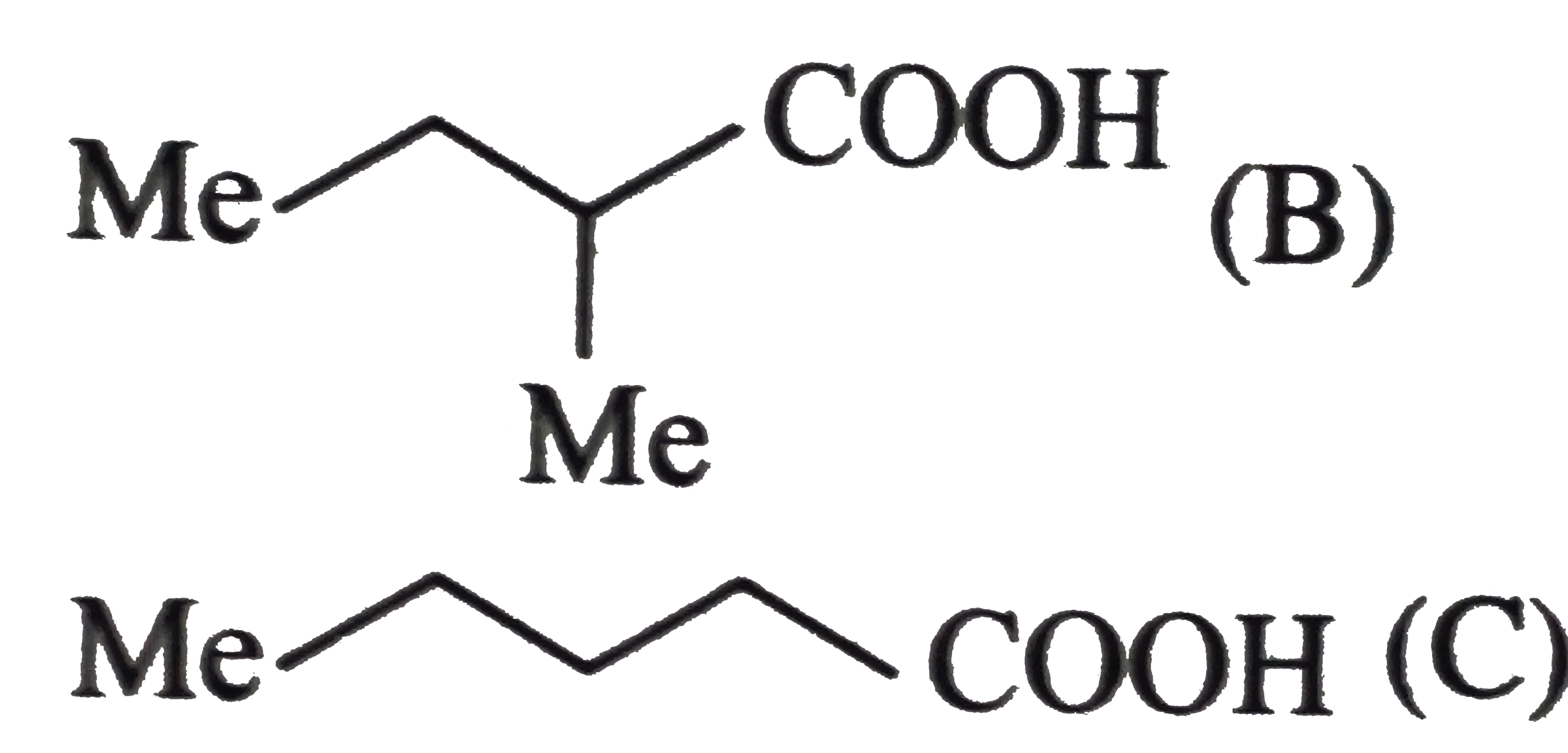Differentiate between the following :
Reticulate venation and parallel venation
To differentiate between reticulate venation and parallel venation, we can follow these steps:
1. Definition of Venation:
- Venation refers to the arrangement of veins and veinlets in a leaf.
2. Reticulate Venation:
- In reticulate venation, the veins form a web-like or irregular pattern.
- The veins are interconnected, creating a network that resembles a web.
- Example: This type of venation is commonly found in the leaves of plants like Tulsi (basil).
3. Parallel Venation:
- In parallel venation, the veins run parallel to each other without intersecting.
- The veins are arranged in straight lines, maintaining a consistent distance apart.
- Example: This type of venation is typically seen in the leaves of plants like the banana plant.
4. Comparison:
- Pattern: Reticulate venation has a web-like pattern, while parallel venation has straight, parallel lines.
- Interconnection: In reticulate venation, veins are interconnected; in parallel venation, veins do not connect and run parallel.
- Examples: Reticulate venation is seen in Tulsi leaves, while parallel venation is seen in banana leaves.
Summary:
- Reticulate Venation: Web-like, irregular pattern, interconnected veins (e.g., Tulsi).
- Parallel Venation: Straight, parallel lines, non-interconnected veins (e.g., Banana).
---
- Venation refers to the arrangement of veins and veinlets in a leaf.
- In reticulate venation, the veins form a web-like or irregular pattern.
- The veins are interconnected, creating a network that resembles a web.
- Example: This type of venation is commonly found in the leaves of plants like Tulsi (basil).
- In parallel venation, the veins run parallel to each other without intersecting.
- The veins are arranged in straight lines, maintaining a consistent distance apart.
- Example: This type of venation is typically seen in the leaves of plants like the banana plant.
- Pattern: Reticulate venation has a web-like pattern, while parallel venation has straight, parallel lines.
- Interconnection: In reticulate venation, veins are interconnected; in parallel venation, veins do not connect and run parallel.
- Examples: Reticulate venation is seen in Tulsi leaves, while parallel venation is seen in banana leaves.
- Reticulate Venation: Web-like, irregular pattern, interconnected veins (e.g., Tulsi).
- Parallel Venation: Straight, parallel lines, non-interconnected veins (e.g., Banana).
Topper's Solved these Questions
- PRACTICE ASSIGNMENTBOOK - ICSECHAPTER - PRACTICE ASSIGNMENTEXERCISE - PRACTICE ASSIGNMENT 1 (Based on Chapter 1 - The Leaf)(Fill in the blanks : )
6 Videos
- PRACTICE ASSIGNMENTBOOK - ICSECHAPTER - PRACTICE ASSIGNMENTEXERCISE - PRACTICE ASSIGNMENT 2 (Based on Chapter 2 - The Flower)
54 Videos
- HEALTH AND HYGIENE BOOK - ICSECHAPTER - HEALTH AND HYGIENE EXERCISE - Think and answer
3 Videos
- RESPIRATORY SYSTEM BOOK - ICSECHAPTER - RESPIRATORY SYSTEM EXERCISE - TEST YOURSELF (VII. Answer the following quesitons )
3 Videos
Similar Questions
Define the following:
Reticulate venation
View SolutionDifferentiate between the following:
Seed and fruit
View SolutionDifferentiate between the following:
Calyx and corolla
View SolutionDifferentiate between the following:
Stamen and carpel
View SolutionDifferentiate between the following:
Lotus and Hydrilla
View SolutionDifferentiate between the following acids :
(a)
(b)
View SolutionDifferentiate between the following:
Dwarfism and Cretinism
View SolutionDifferentiate between the following:
Stomata and Hydathodes.
View SolutionDifferentiate between the following
Fibres and Sclereids
View SolutionDifferentiate between the following
Tunica and Corpus
View Solution
